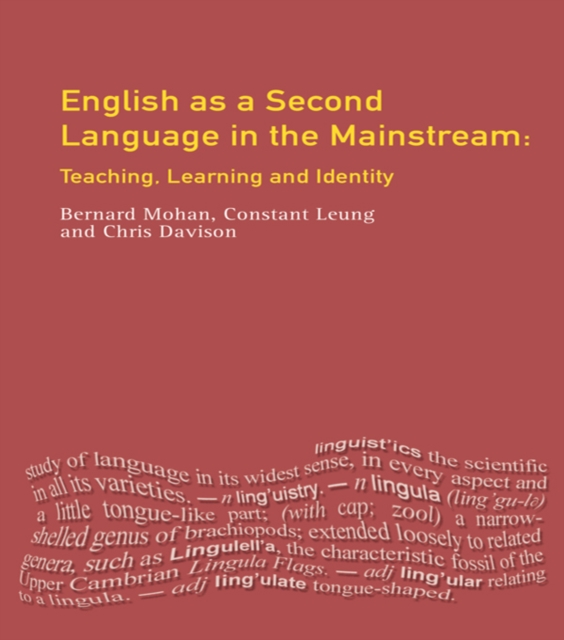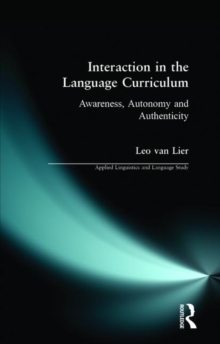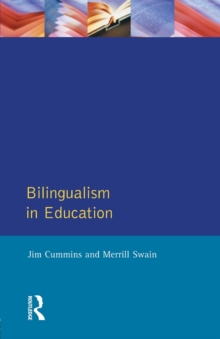
English as a Second Language in the Mainstream : Teaching, Learning and Identity PDF
by Constant (De Montfort University) Leung, Christine Davison, Bernard Mohan
Part of the Applied Linguistics and Language Study series
Description
Since it was first established in the 1970's the Applied Linguistics and Language Study series has become a major force in the study of practical problems in human communication and language education.
Drawing extensively on empirical research and theoretical work in linguistics, sociology, psychology and education, the series explores key issues in language acquisition and language use. English as a Second Language learners are now a considerable and increasing part of the mainstream of urban schools in English-speaking countries.
Beyond the learning of English, this development raises broader questions of language as a medium of education in a multilingual, multicultural environment. Drawing on their experience as researchers and educators in Australia, Canada and England, the authors of English as a Second Language in the Mainstream present an up-to-date account of advances in theory and practice.
Their analysis of system-wide provision however, suggests that a truly responsive educational vision is lacking: government policy is inadequate, educational practices for ESL students are either underdeveloped or poorly coordinated with practices for other students, and the rhetoric of reform fails to engage significantly with issues of teaching and resources.
The authors argue towards a more comprehensive vision which can acknowledge the relation between issues concerning ESL students and issues concerning the educational system as a whole, which can coordinate reforms in ESL education with general reforms, which can explicitly and systematically integrate language learning and content learning, and which can build more positively on the multilingual and multicultural nature of modern education for all students.
Information
-
Download - Immediately Available
- Format:PDF
- Pages:264 pages
- Publisher:Taylor & Francis Ltd
- Publication Date:15/07/2014
- Category:
- ISBN:9781317892281
Information
-
Download - Immediately Available
- Format:PDF
- Pages:264 pages
- Publisher:Taylor & Francis Ltd
- Publication Date:15/07/2014
- Category:
- ISBN:9781317892281










